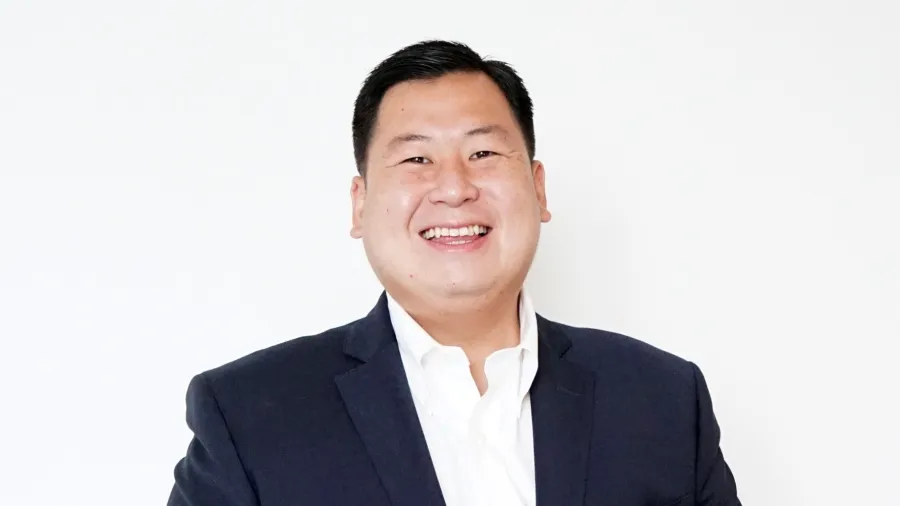
Lippo Malls Indonesia continues to keep up with fast-changing trends
CEO Henry Riady reveals the secret of maintaining 70 malls in 40 cities and going for more.
Lippo Malls Indonesia (LMI) has keenly observed how the mall experience and trends have been changing more rapidly. Whilst past trends endured for five to ten years, today, change unfurls in briefer spans, compelling mall operators to swiftly redefine experiences.
“There is no ‘permanent’ trend where within three to four years we are trying to upgrade our mall,” Lippo Malls CEO Henry Riady told Retail Asia. Being the largest mall operator in the country, LMI has adeptly embraced this fluidity, consistently tailoring each mall to distinct demographics across the nation.
As Henry puts it: “Each city has a different concept, but the most important thing is that it is unique and capable of becoming a destination.”
In the heat of the pandemic, for example, Henry recalled how people were looking for large open space areas. But this penchant was not for long; because as the pandemic waned, the allure of indoor comfort reclaimed its dominion.
At present, Henry said he observes a new trend anchored on the fact that people are visiting malls no longer just to shop. So, malls are trying to instil a more profound or richer experience for visitors by presenting a variety of interesting entertainment and F&B options.
For LMI, when fashion trends were revived, it had to improve the mall experience again to give visitors the feel of being in the right place to actualise their lifestyle. To accomplish this, Henry said they had to change from zoning products and services based on category to being guided by the lifestyle pattern.
“In the past, it was like restaurants being one or entertainment being one. Now, restaurants can be in one area, for example with the area of toys or hobbies, where these things can be in line based on his lifestyle,” Henry told Retail Asia.
With this lifestyle trend, he acknowledged that Lippo Malls now cater even to people without spending money to buy something, because the idea is for them to enjoy the atmosphere or attend events that are often held at LMI.
Currently, LMI operates 70 malls throughout Indonesia which are spread across 40 cities throughout Indonesia. They manage more than 3 million square meters of gross area and have 13,000 tenants throughout the mall.
Malls are spread across Greater Jakarta, Bandung, East Java, Central Java, North Sumatra, South Sumatra and Eastern Indonesia such as Makassar, Manado, Bali and Kupang.
Adjusting to demographics
Based on experience, LMI sees that trends in every mall are not the same. So, the layout in all the malls they manage is different from one another. “It could be that the capacity of the F&B, Entertainment, or Fashion areas are not the same from one mall to another,” Riady said.
However, LMI strives to maintain one image — that it is a mall for families.
In living up to that, Henry explained that it does not mean that LMI is only intended for one segment.
This is illustrated well in the location of LMI malls, which are mostly near the housing area and have different grades ranging from high to middle to low. Locations with a higher level of people’s purchasing power, of course, will be presented with more high-end malls.
The CEO said that in some cases, “We even have a mall in a city where going to the mall is not yet a normal activity for people in that city.” LMI makes a breakthrough in that city, turning it into an opportunity to offer certain brands or retailers.
Undoubtedly, navigating the diverse currents of distinct demographics presents a formidable challenge. Yet, fortified by a storied legacy and a seasoned team, adept in their own right, Lippo Malls confronts this challenge head-on.
”With 34 years of experience with our team, who are also very experienced, we can overcome the challenge of always being able to adapt,” Henry asserted.
Strategy and flagships
In always providing unique experiences from one mall to another, Henry said the special strategy is to work with retailers that are not found in other malls. “We want each location to have something different,” he said.
He cited Starbucks as one such retailer that understands the strategy as it embodies different concepts for its outlets to suit the specific surrounding market. There are concepts that are aimed more at young people and concepts that appeal to more mature customers.
Related to this, one of LMI’s flagships is the mall located at Senayan Park (Spark), right at the centre of the capital city of Jakarta, which is designed to be a landmark that contributes flair to the evolving urban landscape. “It’s not just like a box-shaped area, but here it has an open space area,” Henry said.
Lippo Malls Spark was launched before the pandemic. So it can be said that LMI already had a mall concept with open spaces before this trend took place.
“We believe this mall will become one of the [landmark] destinations in downtown Jakarta along with infrastructure development that makes it easier for people to reach from one place to another,” the CEO told Retail Asia.
In his vision, Henry sees the mall’s presence as an oasis emerging in the midst of the hustle and bustle of urban Jakarta; an islet of reprieve, where individuals are afforded the vista akin to an island graced by the caress of a neighbouring lake.
“Even people [in the surrounding area] can enjoy it without having to enter the mall building,” he said. “In my opinion, this is a breakthrough that cannot be found in other city centres where there are also skywalks, rooftops and entertainment that are unique from other places.”
Lippo Malls Spark is what he calls their “4.0 mall” in terms of uniqueness, even though it has a relatively smaller area. For context, 1.0 is a reference to LMI’s malls with an area of 20,000 sqm – 30,000 sqm; 2.0 for mall areas ranging from 60,000 sqm to 90,000 sqm; and 3.0, meaning 100,000 sqm – 130,000 sqm.
In this regard, the shopping mall magnate asserted that big malls are not always successful, stressing the importance of following the trends. “People will look for new experiences even though the mall is small and not on a major road,” he pointed out.
His expert focus on new experiences and adjusting to the characteristics of the location and the surrounding community is what makes LMI successful. And that is why not all malls are made the same.
Lippo Malls’ legacy should be enough proof of its working strategy, but Henry offered more as he revealed that during the pandemic, LMI experienced double growth, both in terms of visits and retail transactions.
In the future, LMI will increase the number of malls it manages to 100 malls covering 40 cities and regencies in Indonesia. These would be great endeavours that would entail the construction of new malls in cities in Eastern Indonesia. LMI is also preparing various projects in various cities in Western Indonesia, including Semarang, Medan, Padang, Bandung, Tangerang and Cikarang.

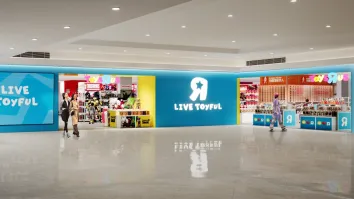
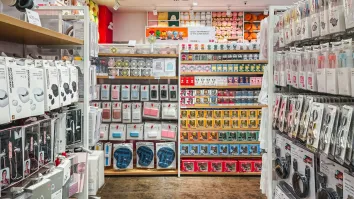
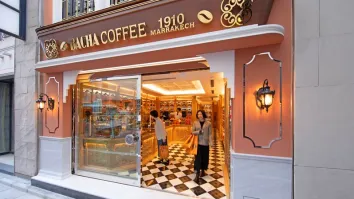


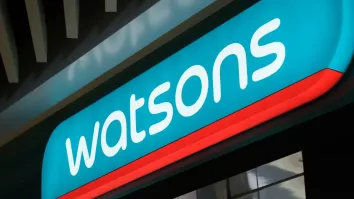



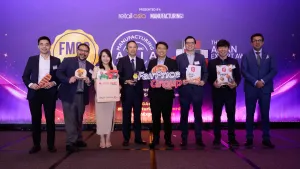






 Advertise
Advertise








